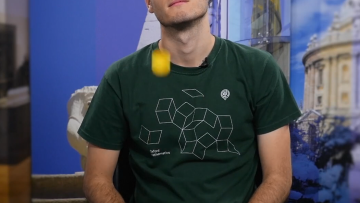It is unnecessary to emphasize important place of algorithms in computer science. Many efficient and convenient algorithms are designed by borrowing or revising ancient mathematical algorithms and methods. For example, recursive method, exhaustive search method, greedy method, “divide and conquer” method, dynamic programming method, reiteration algorithm, circulation algorithm, among others.
From the perspective of the history of computer science, it is necessary to study the history of algorithms used in the computer computations. The history of algorithms for computer science is naturally regarded as a sub-object of history of mathematics. But historians of mathematics, at least those who study history of mathematics in China, have not realized it is important in the history of mathematics. Historians of Chinese mathematics paid little attention to these studies, mainly having not considered from this research angle. Relevant research is therefore insufficient in the field of history of mathematics.
The mechanization thought and algorithmization characteristic of Chinese traditional (and therefore, East Asian) mathematics, however, are coincident with that of computer science. Traditional Chinese algorithms, therefore, show their importance historical significance in computer science. It is necessary and important to survey traditional algorithms again from the point of views of computer science. It is also another angle for understanding traditional Chinese mathematics.
There are many things in the field that need to be researched. For example, when and how were these algorithms designed? What was their mathematical background? How were they applied in ancient mathematical context? How are their complexity and efficiency of ancient algorithms?
In the present paper, we will study the circulation structure in traditional Chinese mathematical algorithms. Circulation structures have great importance in the computer science. Most algorithms are designed by means of one or more circulation structures. Ancient Chinese mathematicians were familiar them with the circulation structures and good at their applications. They designed a lot of circulation structures to obtain their desirable results in mathematical computations. Their circulation structures of dozen ancient algorithms will be analyzed. They are selected from mathematical and astronomical treatises, and also one from the Yijing (Book of Changes), the oldest of the Chinese classics.


